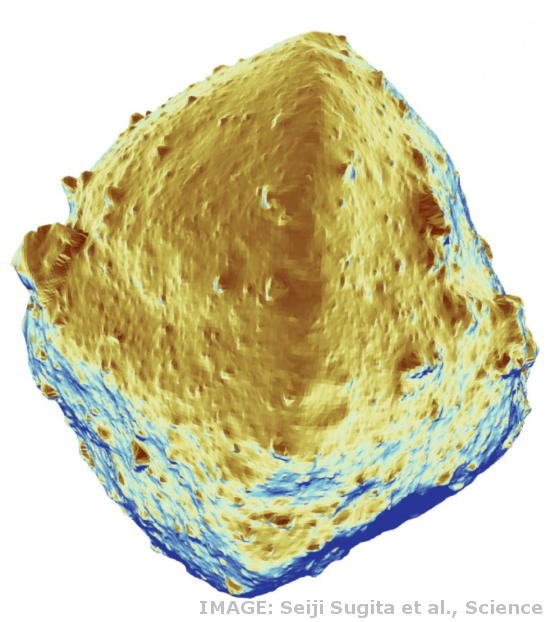Ryugu rocks detailed
 Scientists have analysed asteroid samples that dropped into the WA desert in 2020.
Scientists have analysed asteroid samples that dropped into the WA desert in 2020.
After a six-year mission travelling more than 5.2 billion kilometres, samples were delivered to Earth to provide clues about the origin of the solar system and life on our planet.
The capsule was dropped by the spacecraft ‘Hayabusa2’, which is now on its way to visit more asteroids.
The first analysis of the material brought back to Earth from a carbon-rich asteroid - Ryugu - is presented in two new papers.
Ryugu is a carbon-rich, diamond-shaped, near-Earth asteroid, that is about one kilometre in diameter.
In December 2020, a 5.4 gram sample of material collected from the asteroid’s surface was returned to Earth by the Hayabusa2 spacecraft.
In the first of these two papers analysing the Ryugu sample, Toru Yada and colleagues discovered that the sample is very dark - reflecting only 2 per cent of the light that hits it - with a high porosity of 46 per cent, greater than any meteorite studied so far.
In the second paper, Cédric Pilorget and colleagues determine the composition of the sample using a microscope that can acquire images at different wavelengths of light in the visible and the infrared spectrums.
The authors found that the sample is composed of a hydrated matrix, such as clay, with a variety of organics embedded in. However, some individual parts are made of different substances, such as carbonates or volatile compounds.
These findings reveal the microscopic heterogeneous composition of Ryugu samples, while confirming in situ observations made by Hayabusa2, suggesting that Ryugu is macroscopically uniform in structure and composition - resembling carbon-rich chondrite meteorites - but is darker, more porous and more fragile.
The authors conclude that the contents of this sample appear to be among the most primordial material available in laboratories to date, forming a unique collection for studying the origin and evolution of the Solar System, whilst representing a model for the return of samples from planets in the future.








 Print
Print